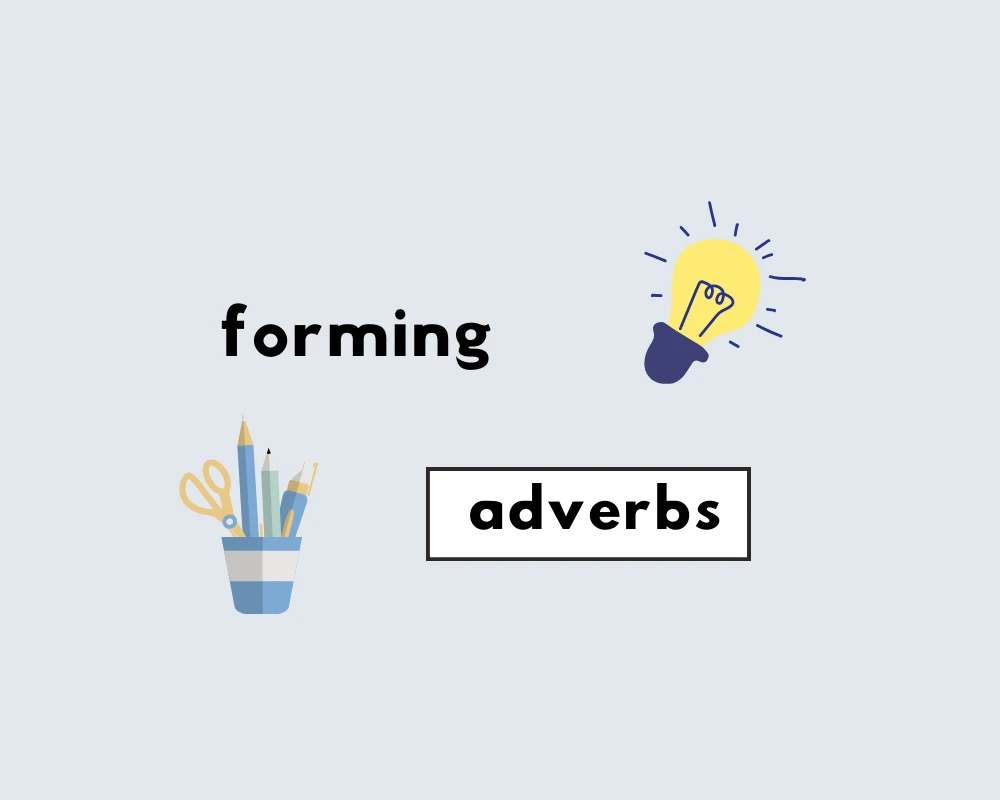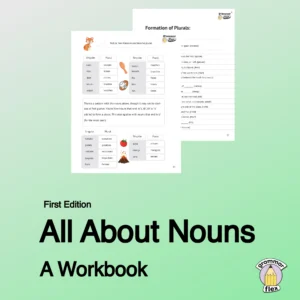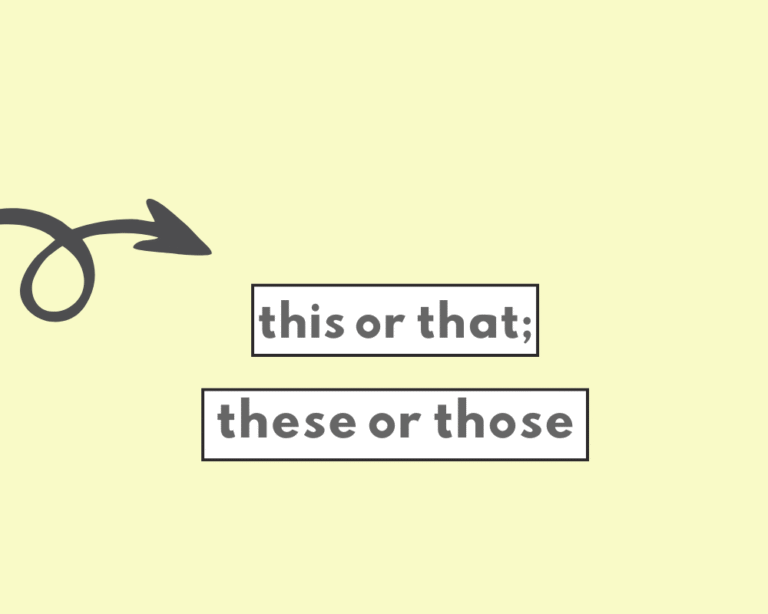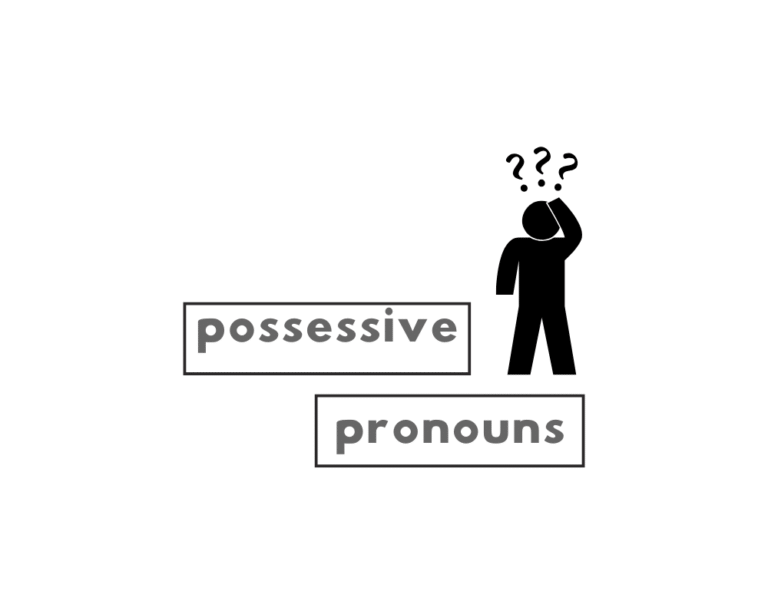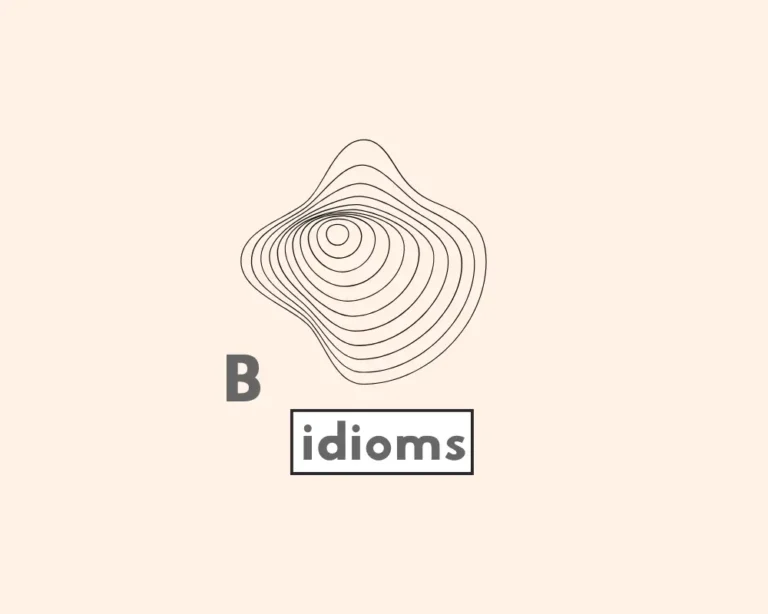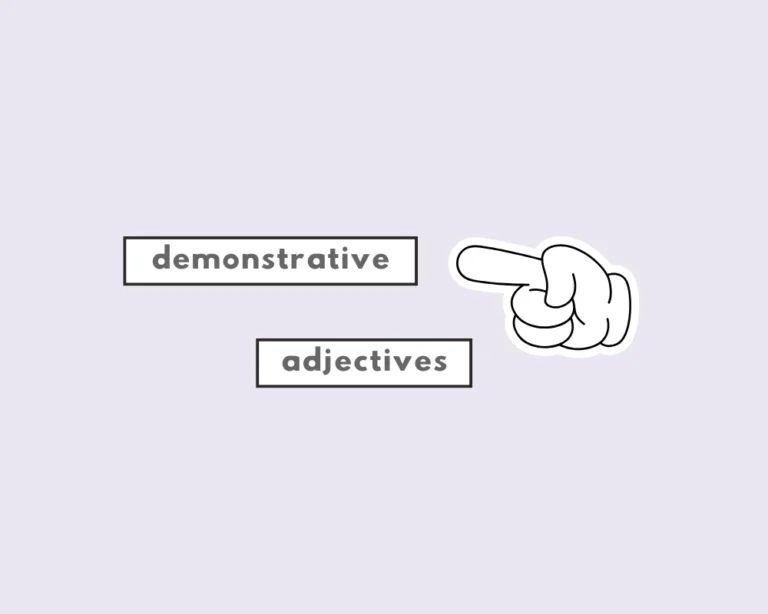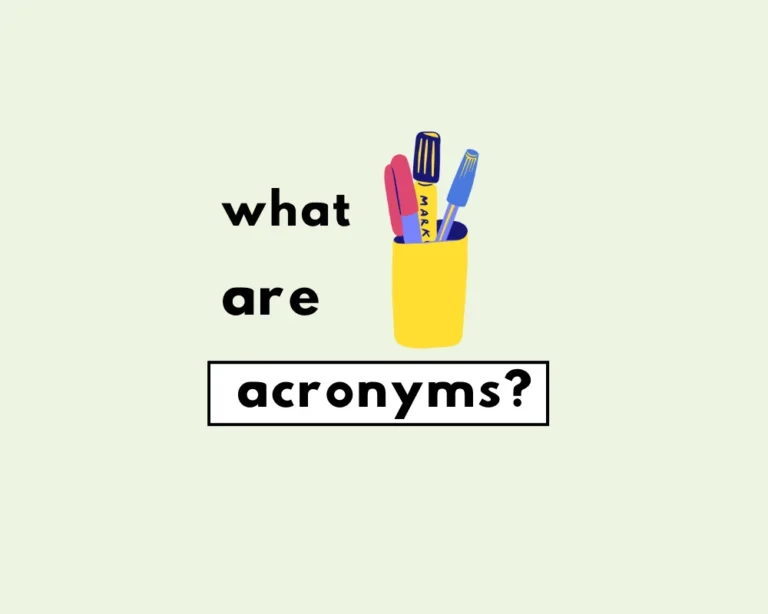Forming Adverbs
Always approach new grammar rules carefully.
A careful approach to grammar helps.
Always approach new grammar rules careful.
A carefully approach to grammar helps.
Continue reading for the comprehensive breakdown on how to form adverbs, the main types of adverbs, and an FAQ on (you guessed it!) adverbs!
Types of adverbs
- When did you arrive?
- The building where I work was built in 1922.
- I take the metro daily.
Consider how each of these sentences uses adverbs.
When is a question about time, (which makes it an adverb of time); but, importantly: it asks a question. Adverbs that ask questions are interrogative adverbs (examples are where, why, and how).
The second sentence includes “where“, though in this context it’s not to pose a question, and so it’s not used interrogatively. Instead, it’s modifying a verb (namely, “work”) and makes the relation to its antecedent (“the building”) clear. These types of adverbs are known as relative adverbs (they relate elements within a sentence to each other).
The third sentence shows a simple adverb, which modifies a verb, adjective or another adverb. Altogether, this makes up 3 main classes of adverbs: interrogative, relative and simple.
Adverbs vs. Adjectives
What’s tricky about certain adverbs is that they often will look identical to their adjective counterparts. In other words, some words can function in sentences as both an adjective or an adverb—though not at the same time. So, how can we tell them apart?
- Adjective: I play loud music in my apartment.
- Adverb: Don’t talk so loud.
In the first sentence, ‘loud’ modifies the word ‘music’, a noun. Because adjectives modify nouns, not adverbs, we can confidently say that ‘loud’ is an adjective.
From the second sentence, ‘loud’ is modifying the verb ‘talk’. Since adverbs modify verbs, we can, to that extent, confirm that ‘loud’ is working here as an adverb and not as an adjective.
So, to quickly identify whether a word is an adjective or adverb, locate the word or phrase it modifies and its word class.
Adverb formation, associate “-ly” with adverbs (e.g., quickly, carefully); exceptions like “fast” and “hard” can be memorized as a separate list.
How to form adverbs
Some adverbs (like adjectives) use various forms to show degrees of comparison, and we also compare them the same way we do adjectives.
In other words, attach -er and -est (respectively) to create their comparative and superlative forms.
| simple | comparative | superlative |
|---|---|---|
| fast | faster | fastest |
| hard | harder | hardest |
| soon | sooner | soonest |
| long | longer | longest |
Adverbs that end in –ly use more before to become a comparative, and most as a superlative.
| simple | comparative | superlative |
|---|---|---|
| quietly | more quietly | most quietly |
| slowly | more slowly | most slowly |
| seriously | more seriously | most seriously |
| skillfully | more skilllfully | most skillfully |
Note: not all adverbs have comparative and superlative forms since some are not subject to comparisons (by extent or degree). Examples are there, when, then, now, where.
Some adverbs are irregular and use their own forms entirely:
| simple | comparative | superlative |
|---|---|---|
| ill or badly | worse | worst |
| well | better | best |
| much | more | most |
| little | less | least |
| near | nearer | nearest |
| far | farther/further | farthest/furthest |
| late | later | last |
Most adverbs of manner (which answer how, or in what way) are formed from adjectives by adding –ly to the end.
| adjective | adverb |
|---|---|
| wise | wisely |
| clever | cleverly |
| kind | kindly |
| beautiful | beautifully |
For adverbs that end in ‘-y’ followed by a consonant, switch the ‘-y‘ to ‘-i‘ and add ‘-ly‘.
| adjective | adverb |
|---|---|
| happy | happily |
| easy | easily |
| heavy | heavily |
| ready | readily |
Some are comprised of a noun and a qualifying adjective:
- sometimes
- meanwhile
- meantime
- yesterday
- midway
- otherwise
Some adverbs are compounds of ‘on’ (weakened to ‘a’) and a noun:
- asleep
- ahead
- away
- aboard
- afoot
Likewise, other adverbs comprise prepositions (‘to’) with nouns (e.g., ‘today’, ‘tomorrow’, ‘besides’, ‘overboard’). Some may be combinations of a preposition and an adjective (e.g., abroad, along, aloud, anew, behind, below, beyond).
Finally, there are even compounds of prepositions + adverbs: within, without, before, beneath.
FAQ: Forming Adverbs
- What’s an adverb?
Adverbs are words that modify or describe other adverbs, verbs, adjectives, entire sentences or occasionally, phrases within a sentence.
- What are the main types of adverbs?
The three main classes of adverbs are relative, simple, and interrogative. The main subtypes include some of the following:
- Adverbs of manner.
- Adverbs of place.
- Adverbs of time.
- Adverbs of frequency.
- Adverbs of purpose.
- Adverbs of degree.
Learn the other parts of speech
- What Are Pronouns? (First, Second, and Third)
- Types of Verbs (Modal, Stative, Infinitives and Transitives)
- Types of Adjectives (Explained, with Examples)
- Parts of Speech (Nouns, Adjectives, Prepositions)
- When to Use ‘A’ or ‘An’ (What’s an Article?)
- Types of Nouns (Common, Proper, Abstract, and Concrete)
Worksheet
According to the post, what types of words do adverbs typically modify?
Which ending is commonly associated with adverbs, according to the post?
Based on the examples in the post, in the phrase “a careful approach”, the word “careful” functions as what part of speech?
Which of the following sentences demonstrates a common mistake discussed in the post regarding adverbs?
The post mentions “where”, “why”, and “how” can function as which type of adverb when asking questions?
Choose the correct word to complete the sentence based on adverb formation: She walked away after the argument.
Choose the correct word to complete the sentence: Taking a approach helps you understand grammar rules better.
Choose the correct word to complete the sentence using a comparative adverb form from the post: He ran than his friend.
Choose the correct word to complete the sentence based on the post’s examples: Don’t talk so .
Choose the correct word to complete the sentence, ensuring the word modifies the verb: She sang during the performance.
FAQs
How can I tell adverbs from adjectives?
+
What are the main types of adverbs?
+
How are comparative adverbs formed?
+
How are adverbs often formed?
+
How to use adverbs correctly?
+
Yash, D. "How to Form Adverbs (An Overview)." Grammarflex, Jul 15, 2025, https://www.grammarflex.com/how-to-form-adverbs-an-overview/.
Sources
-
High School Grammar and Composition, P.C. Wren.

